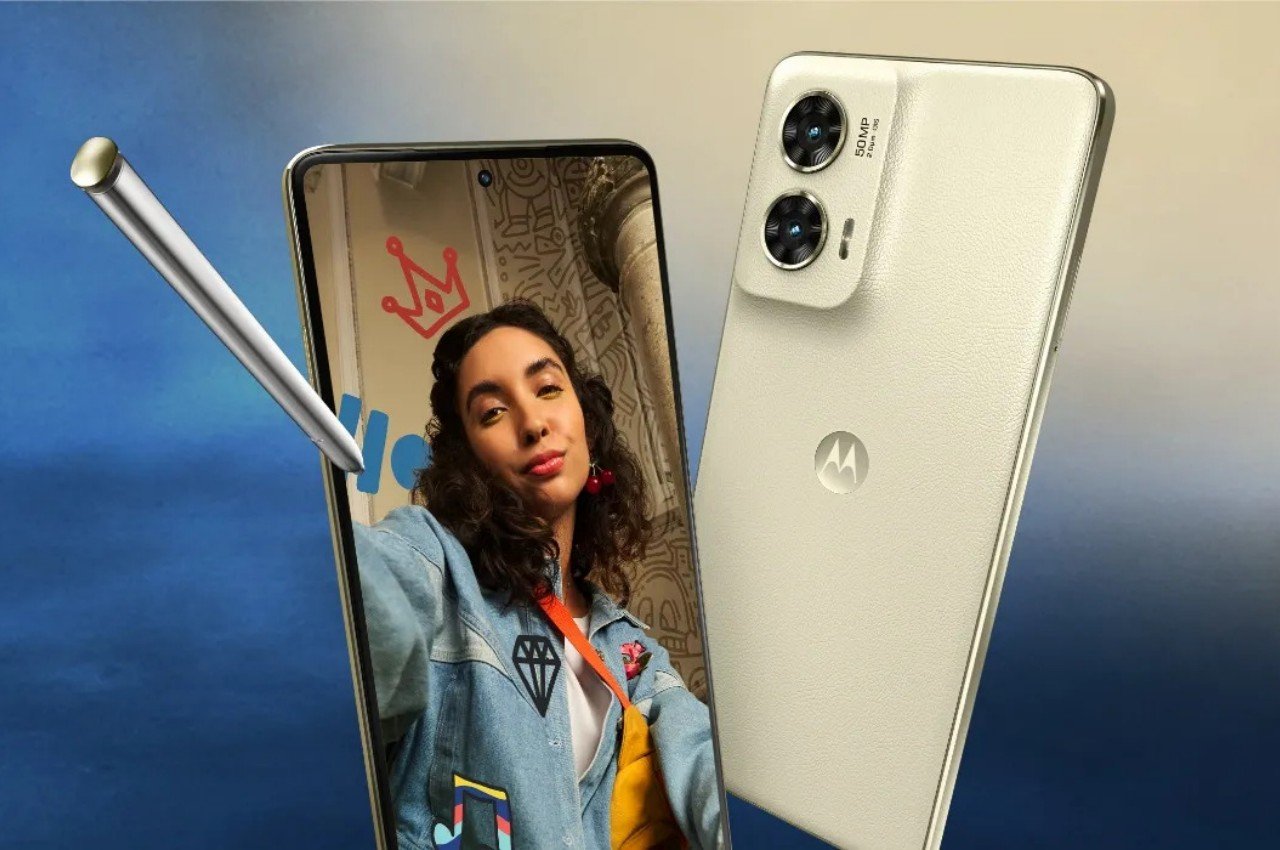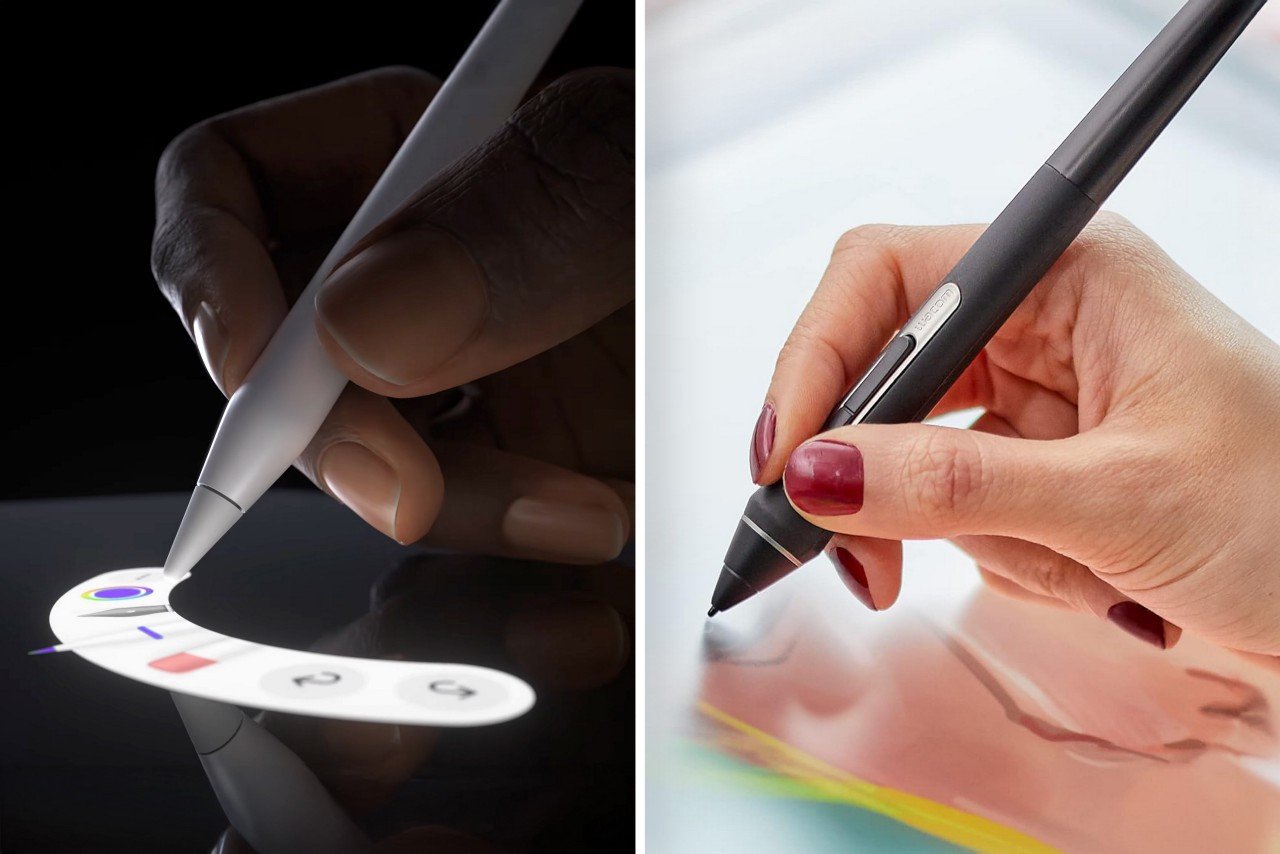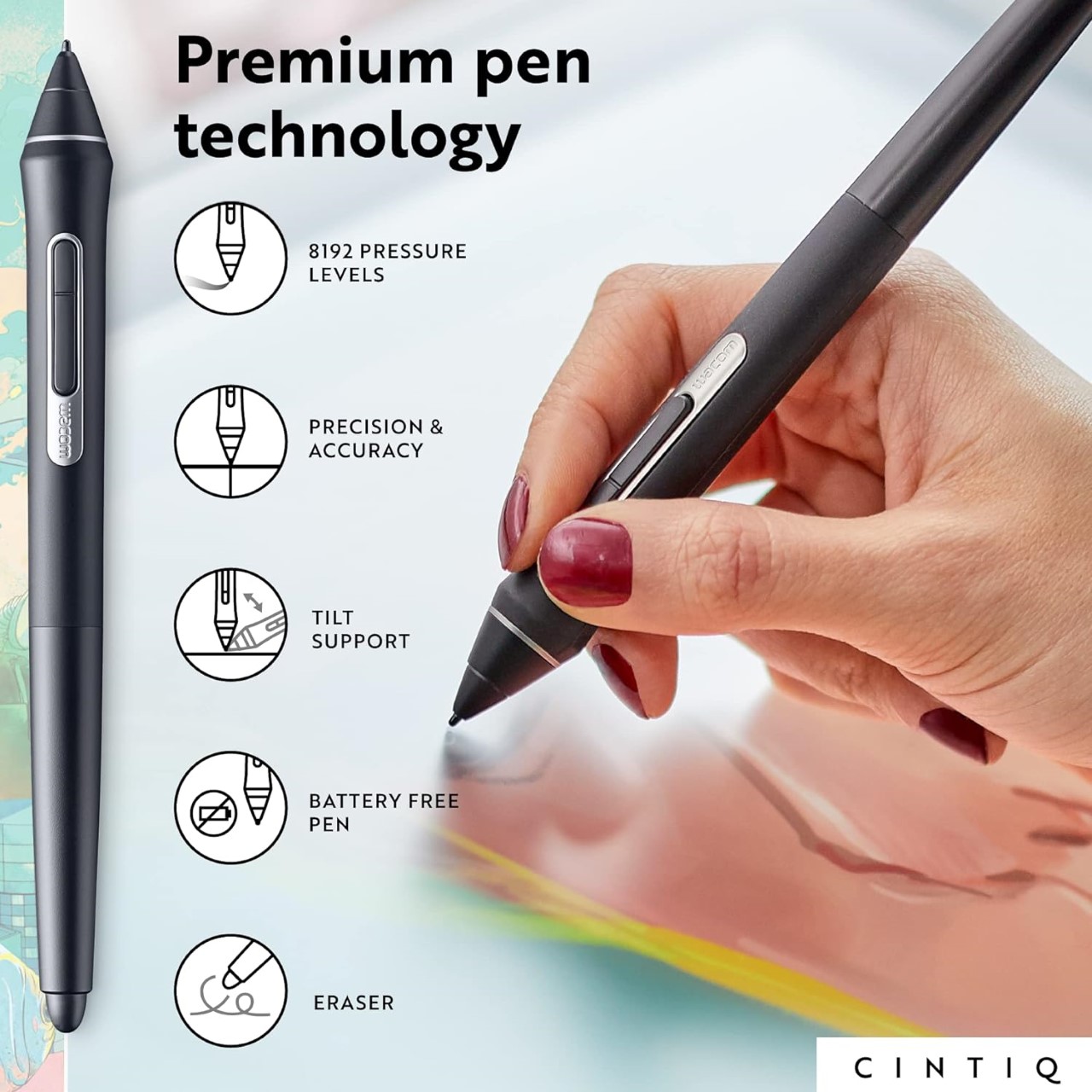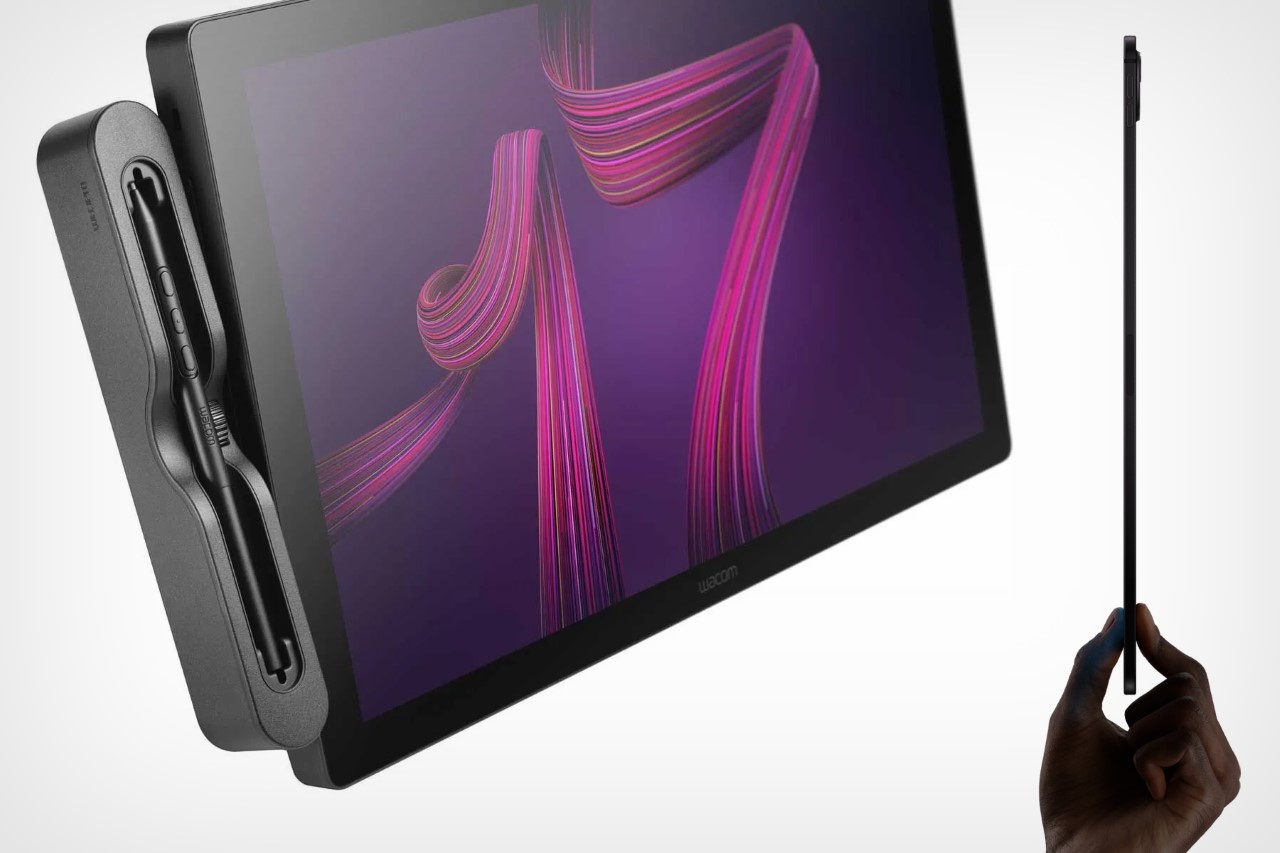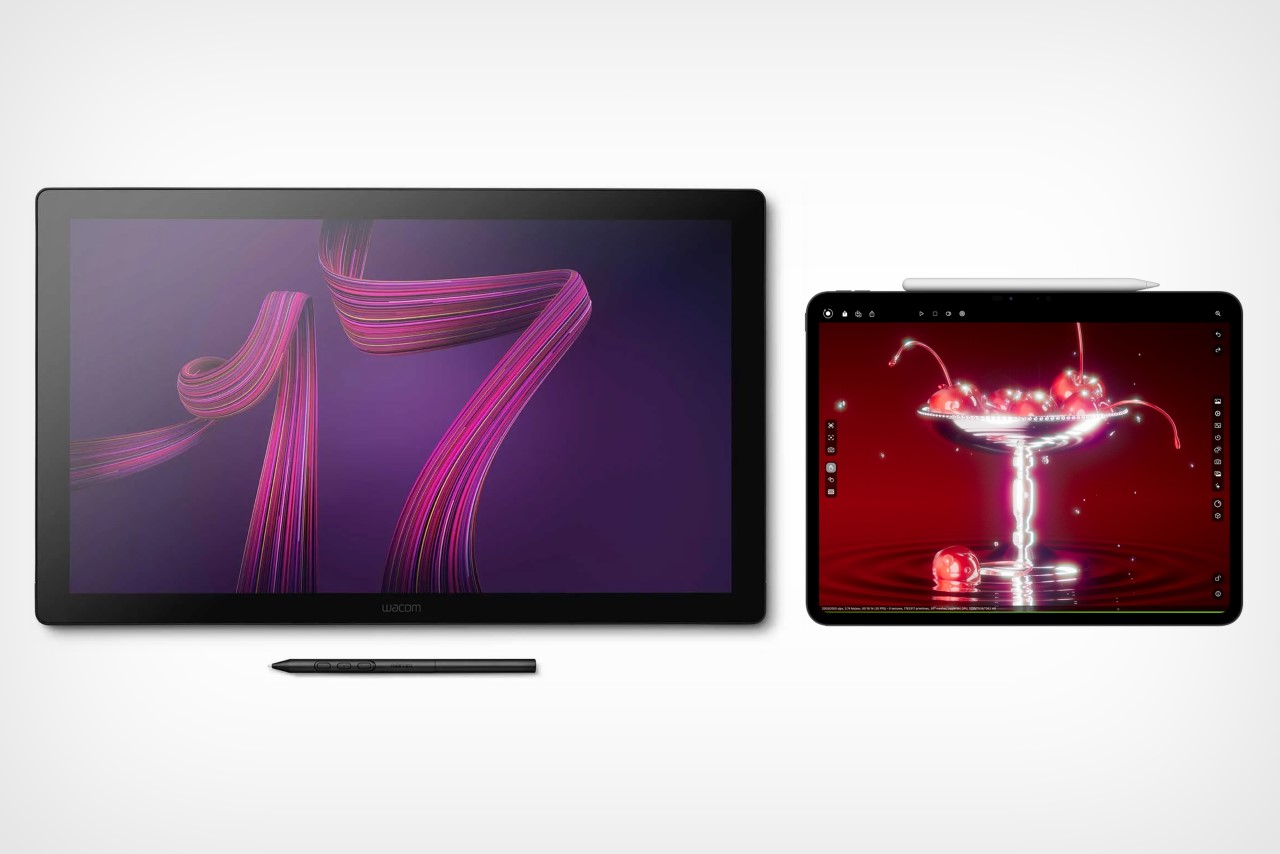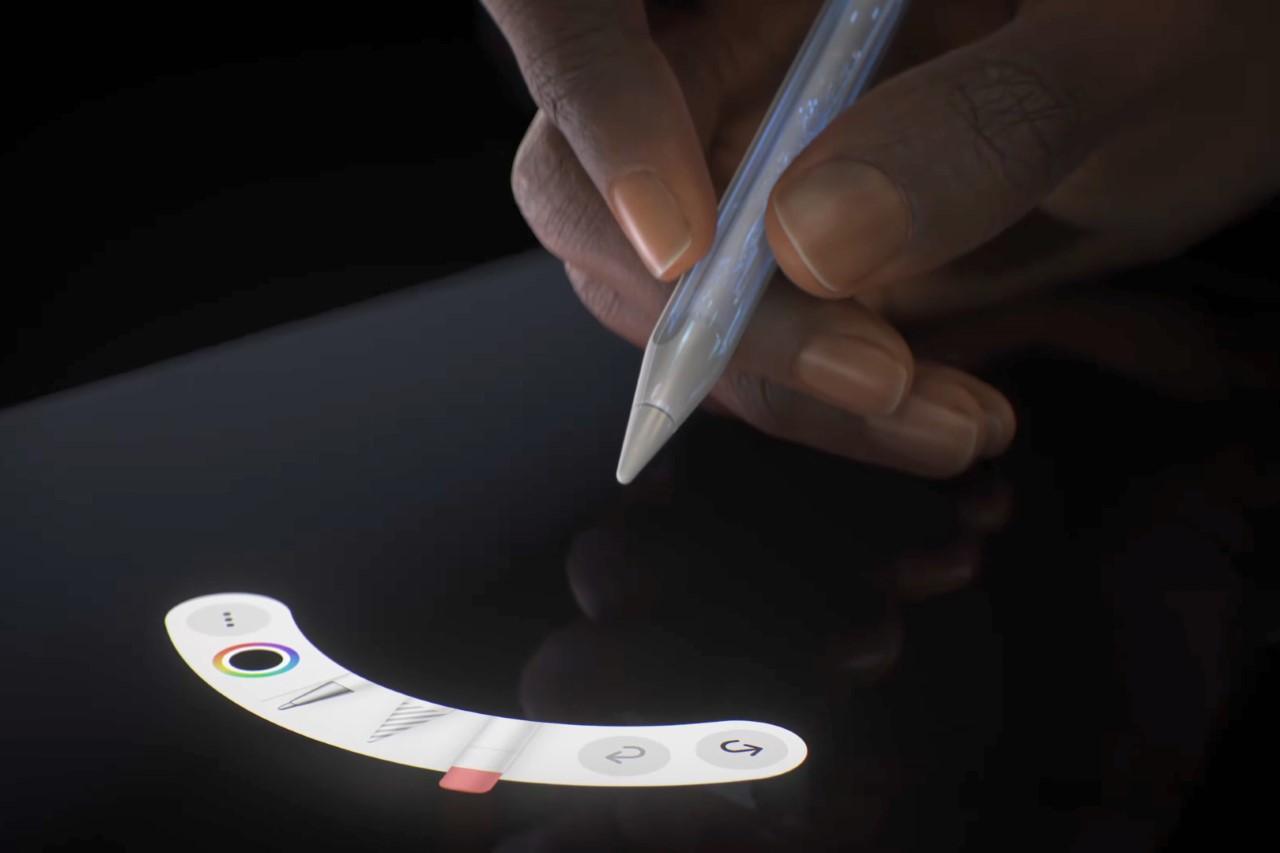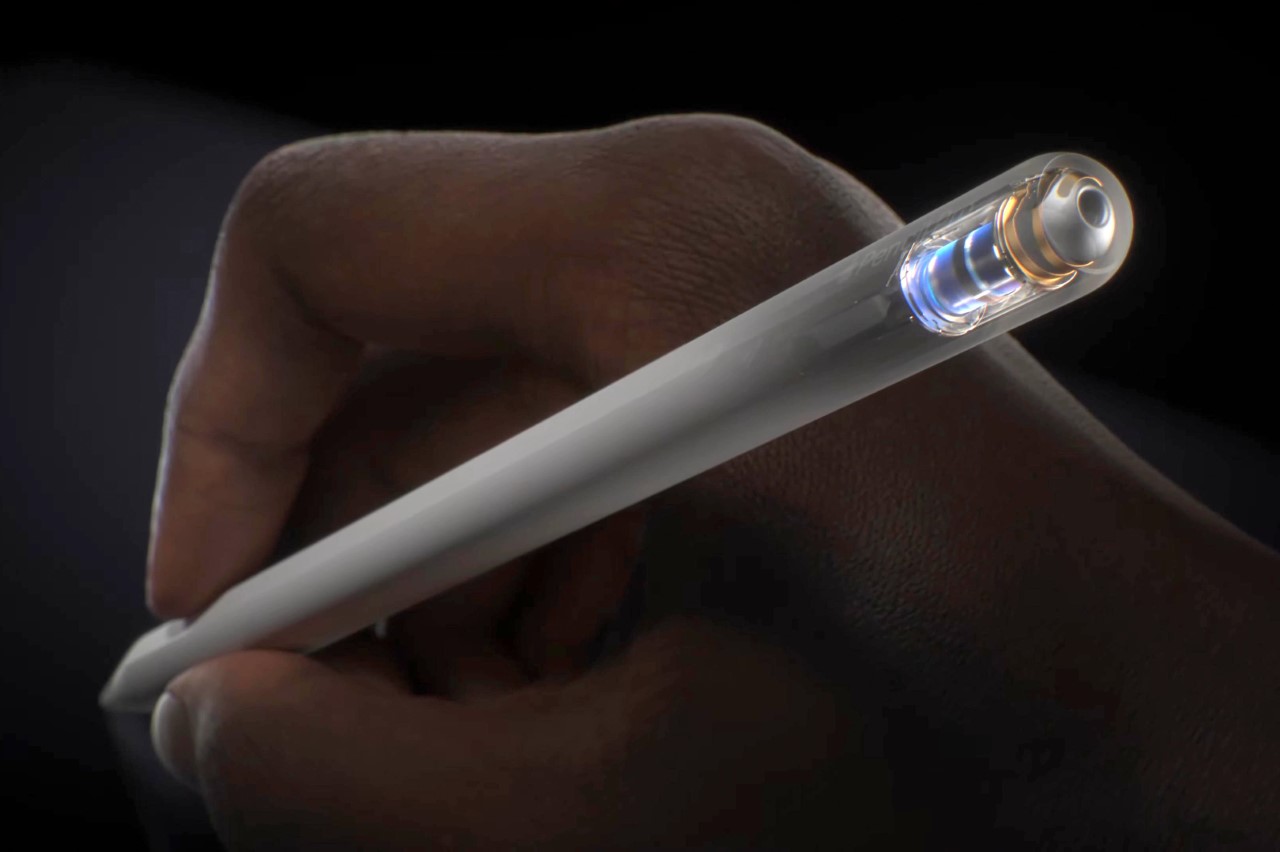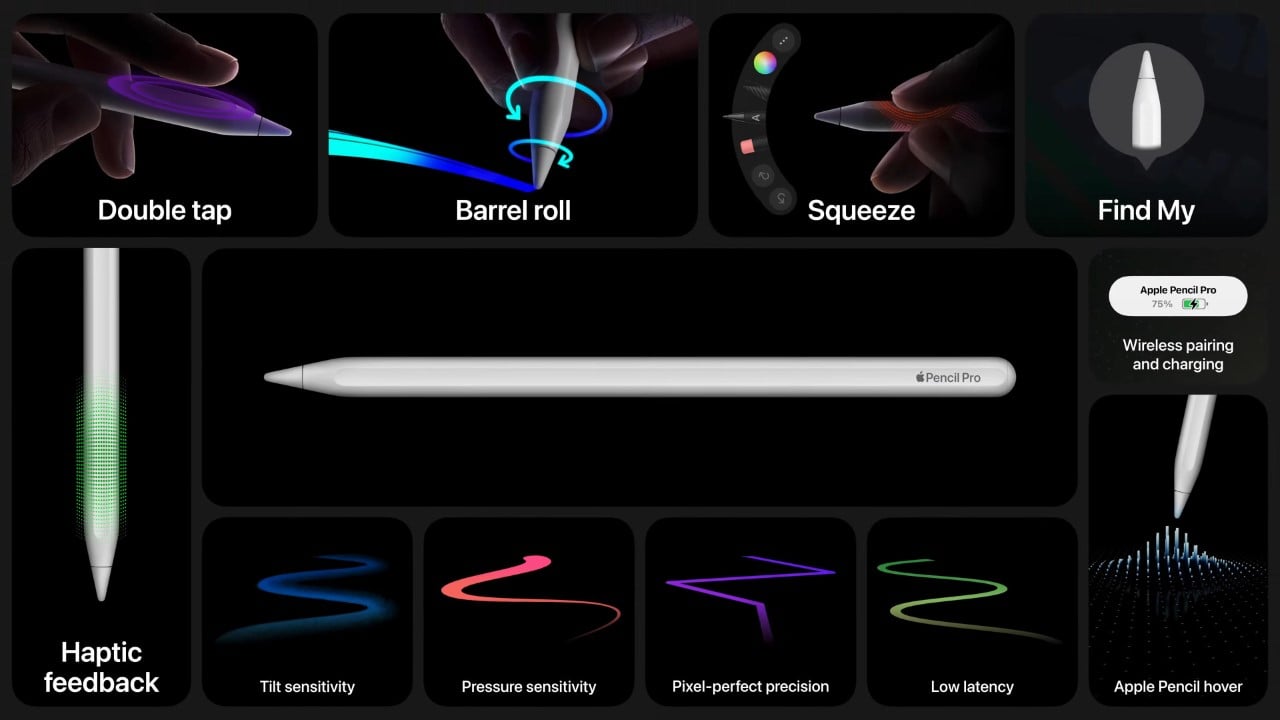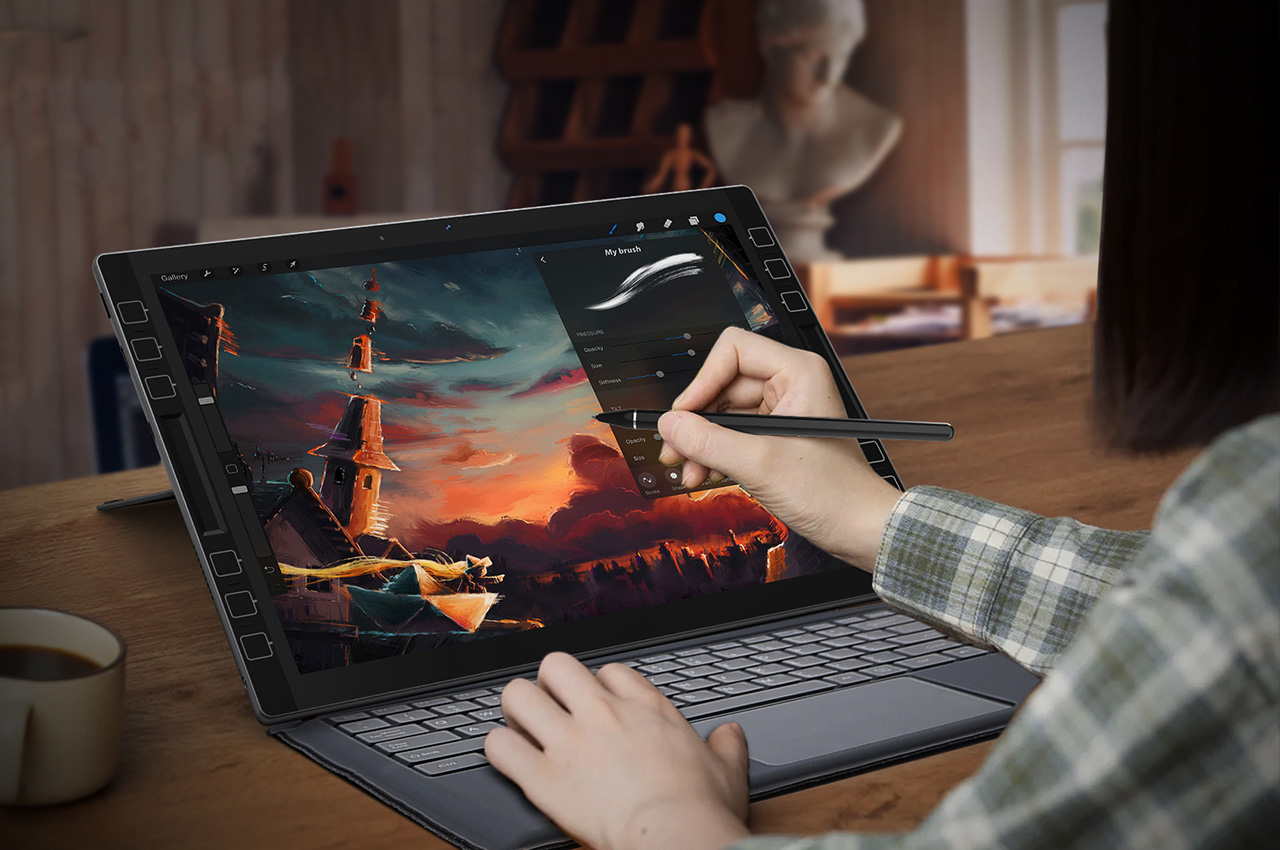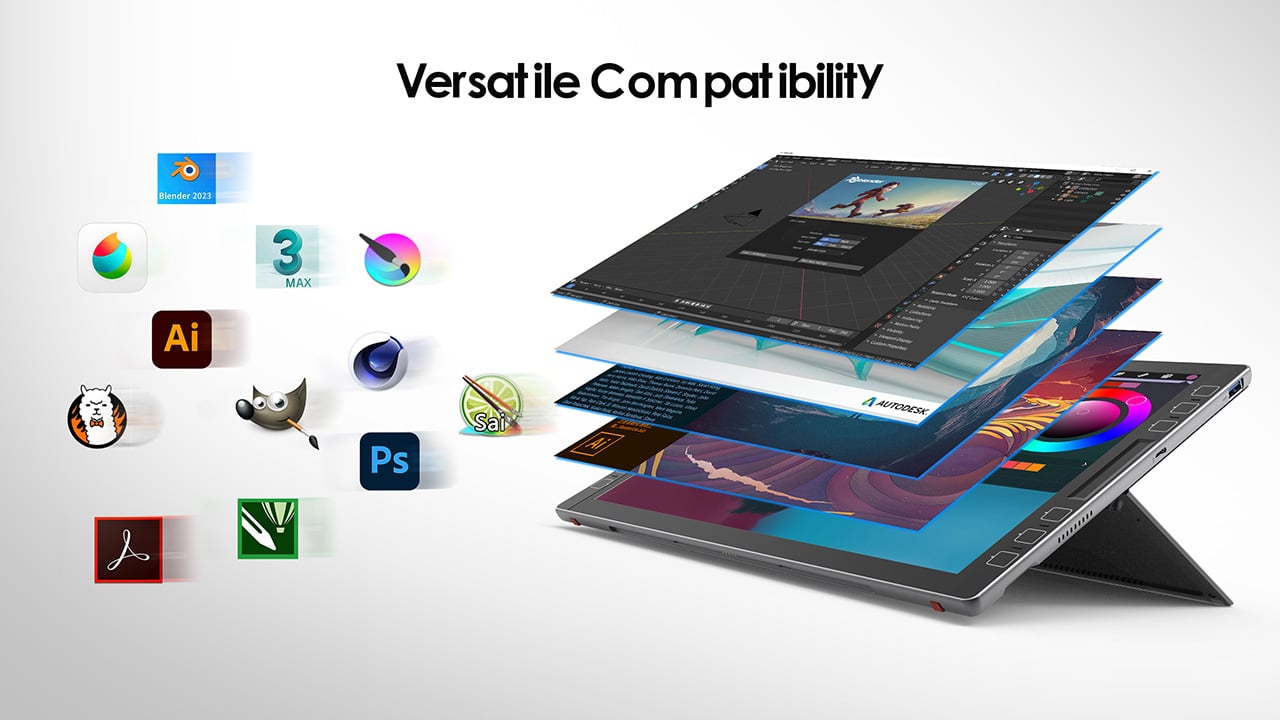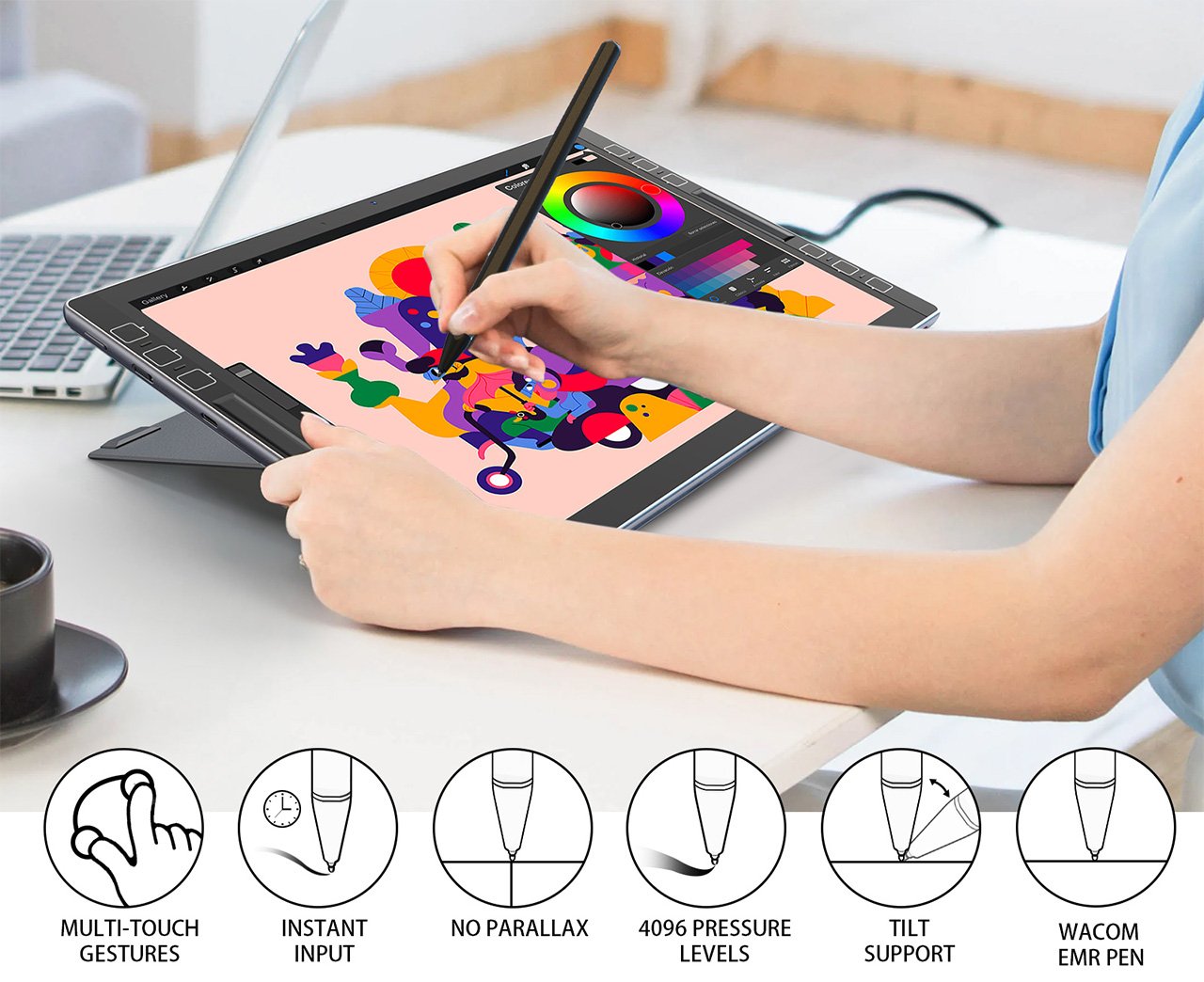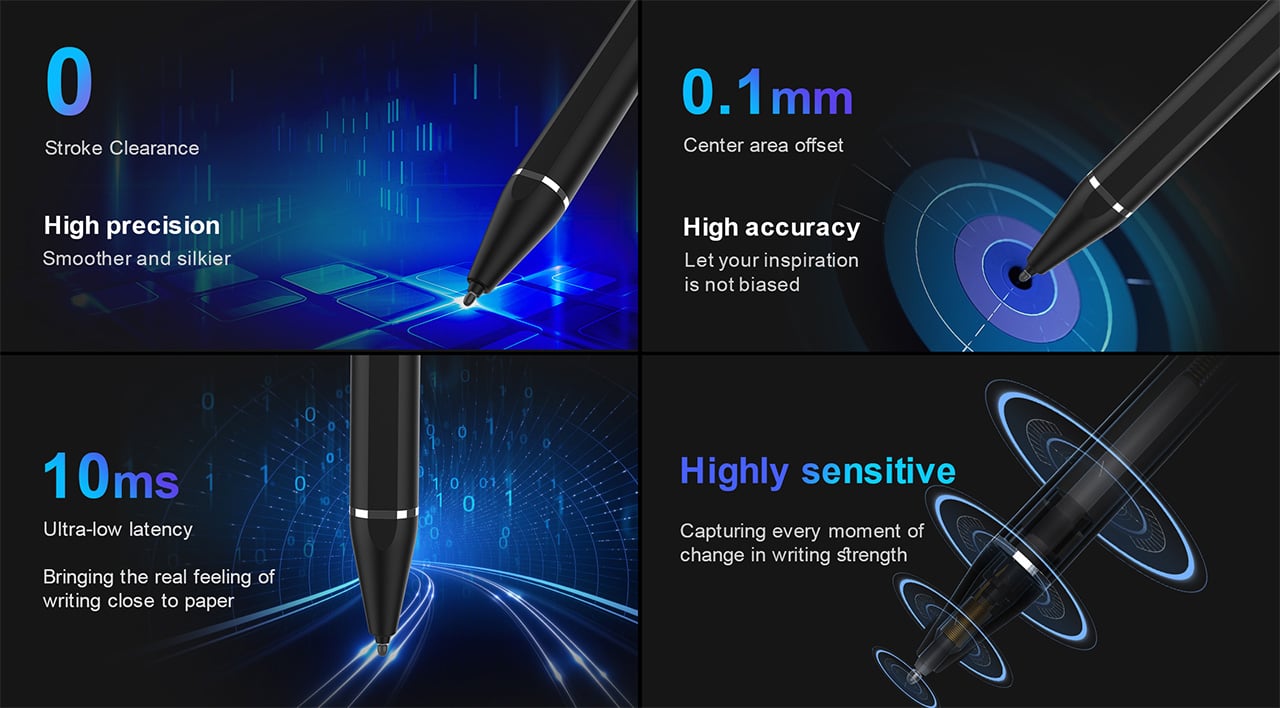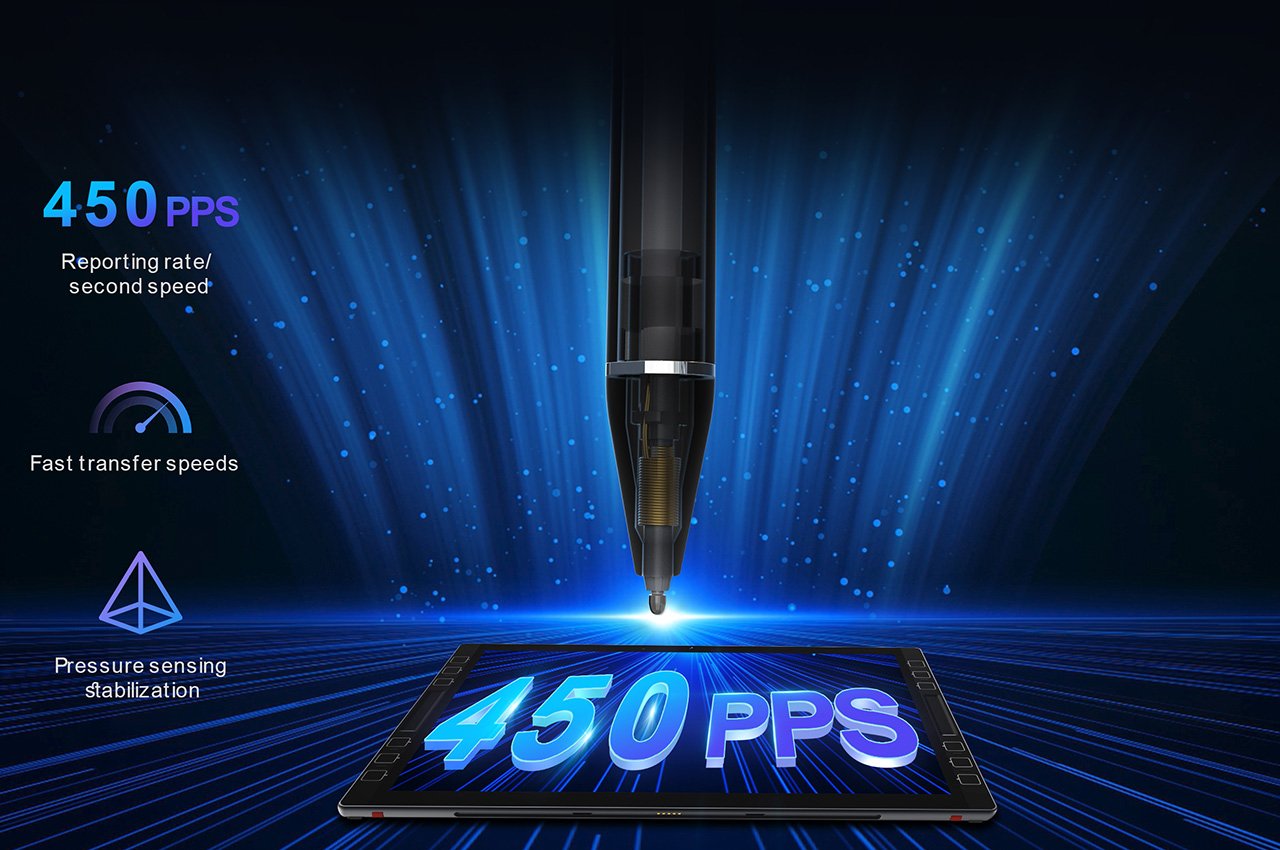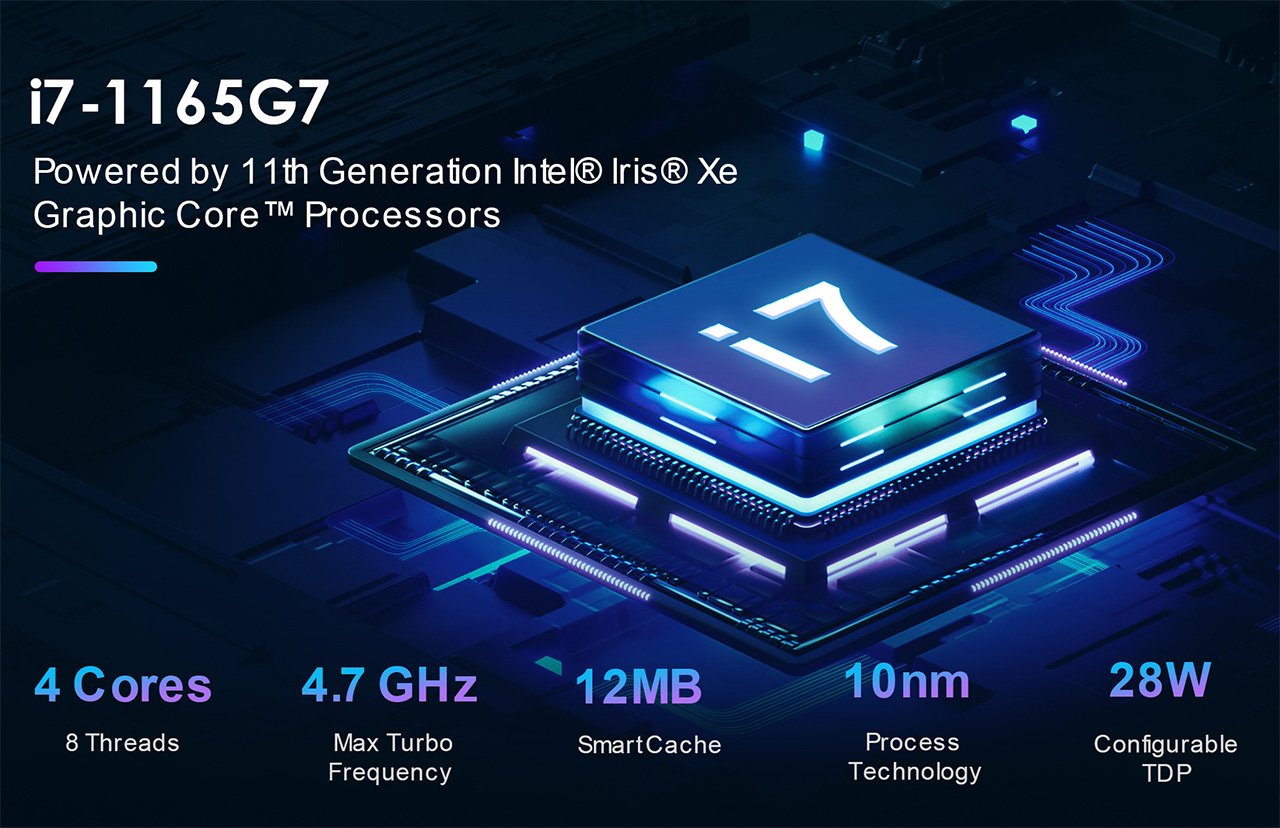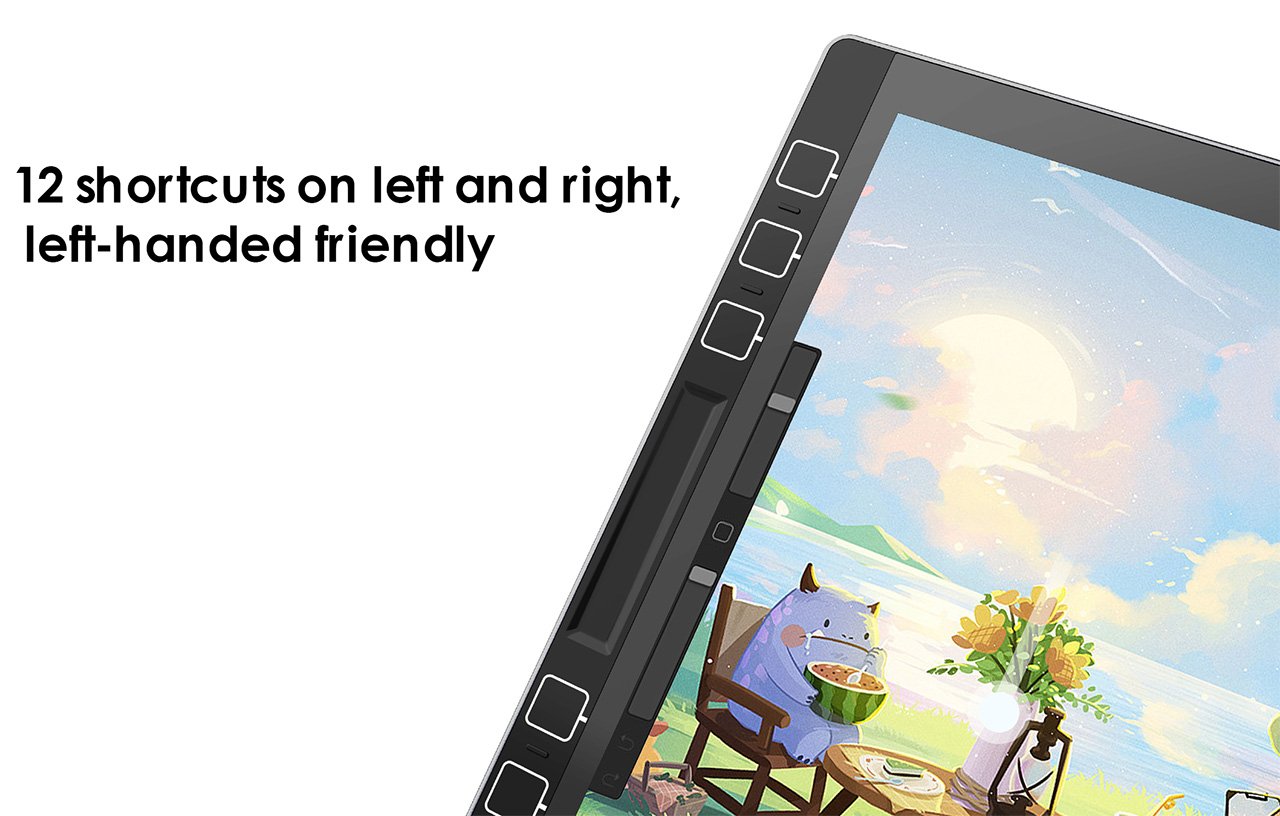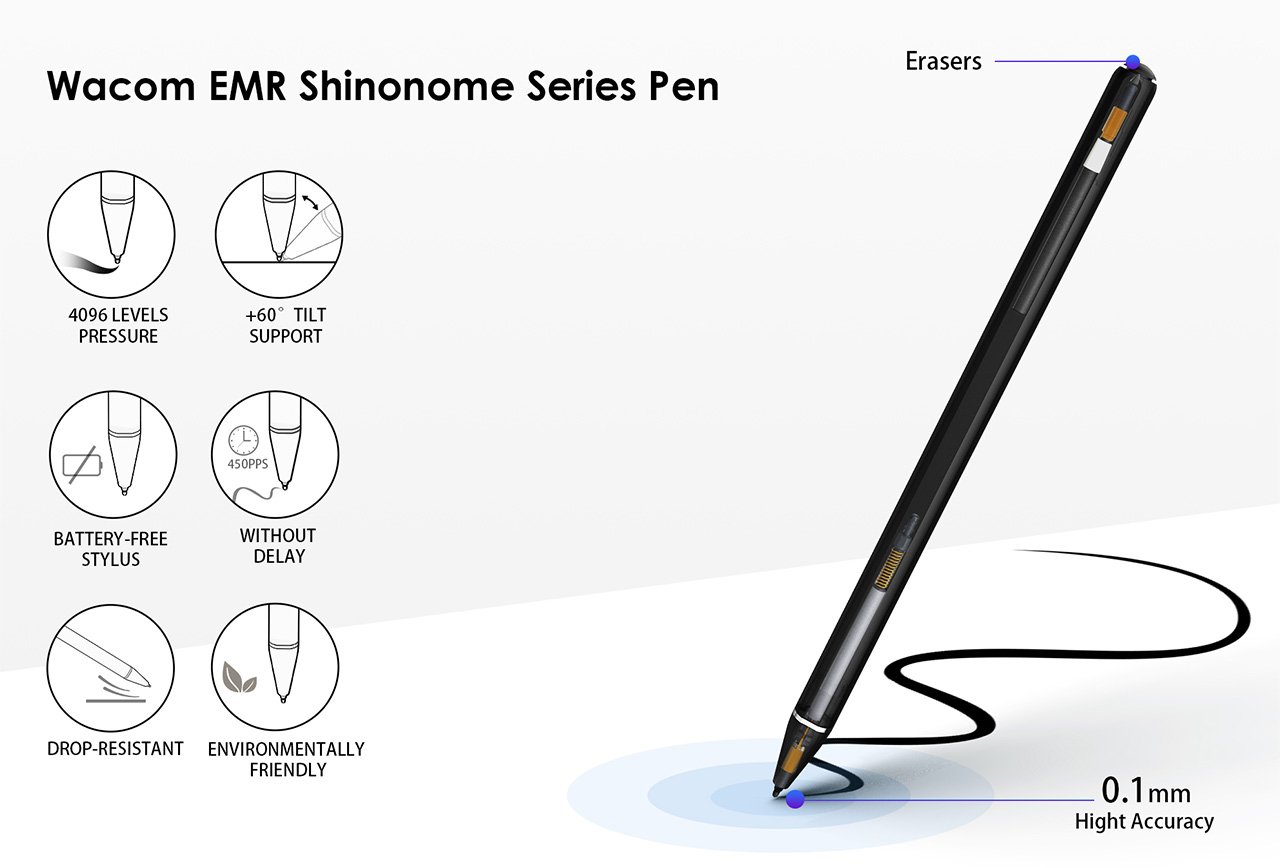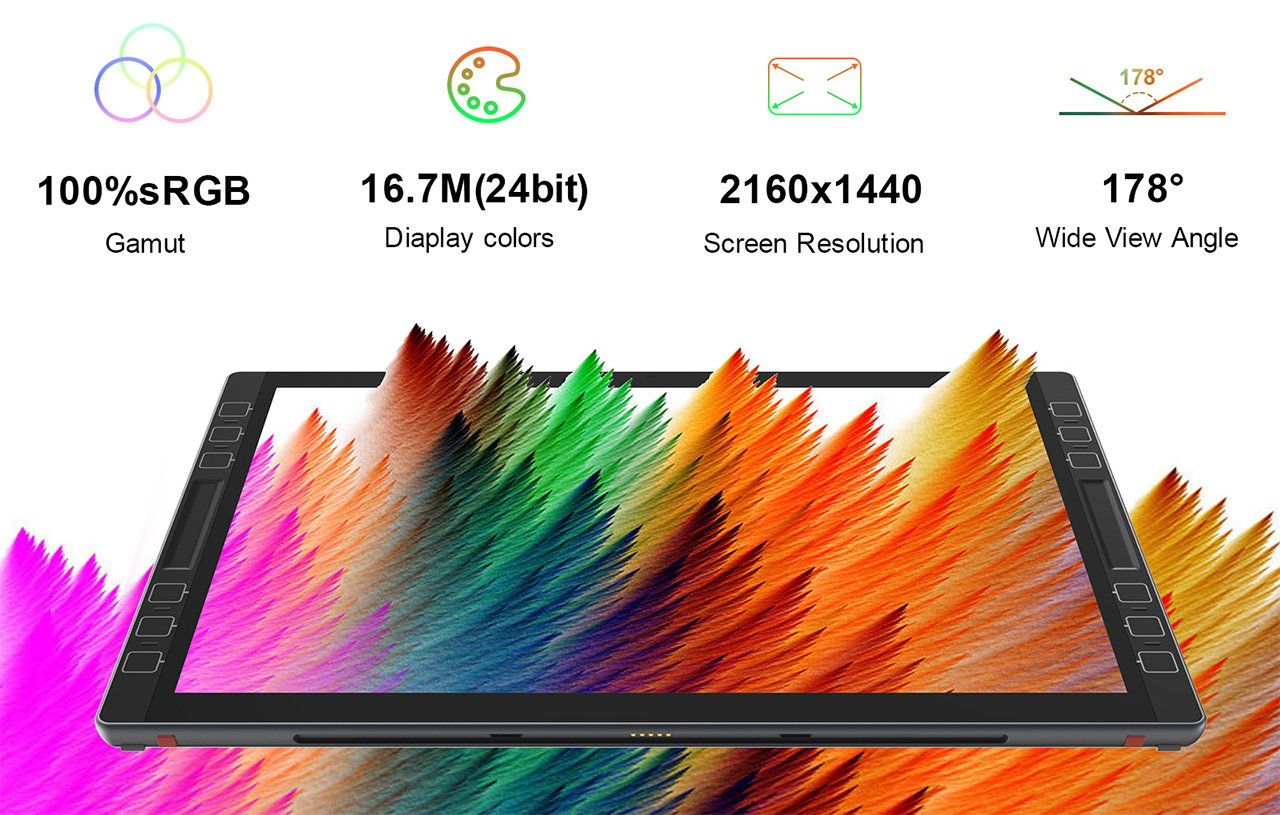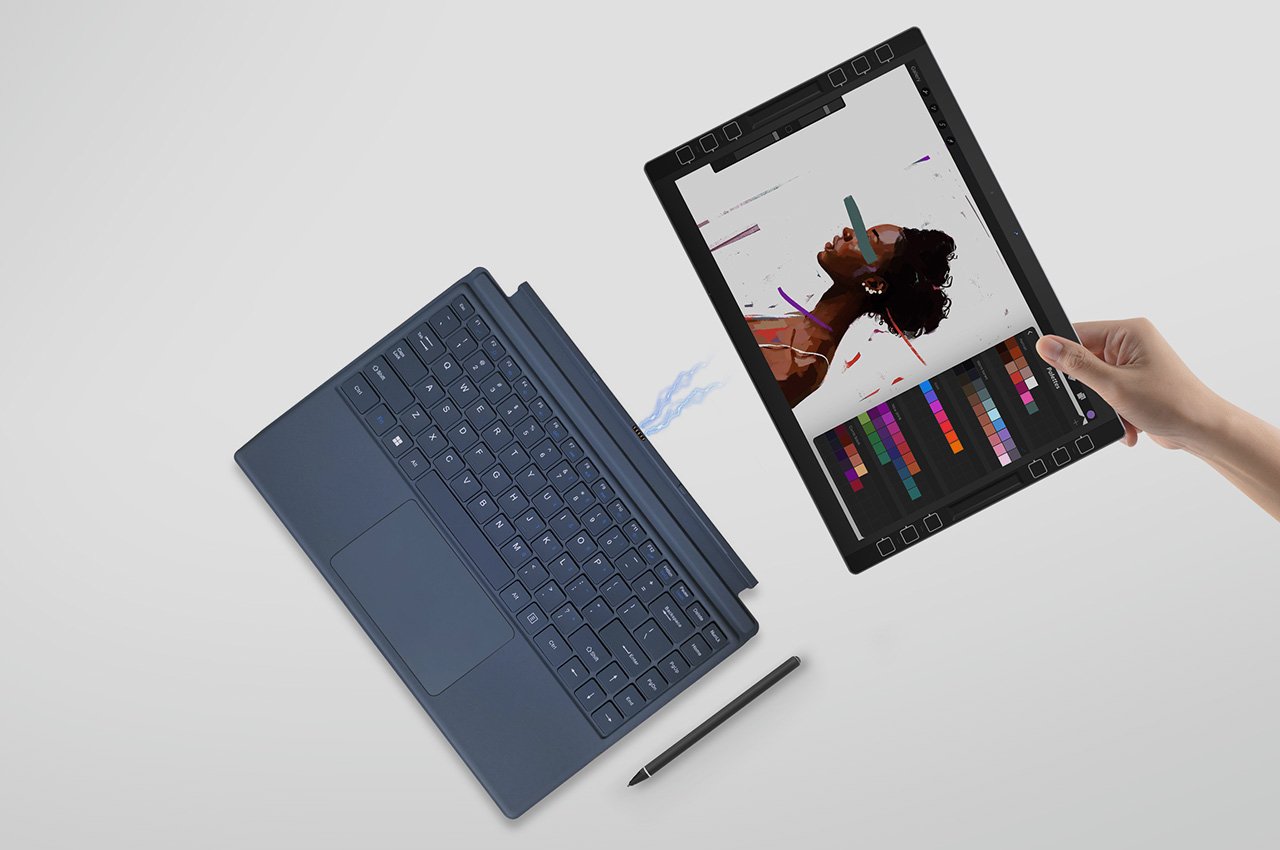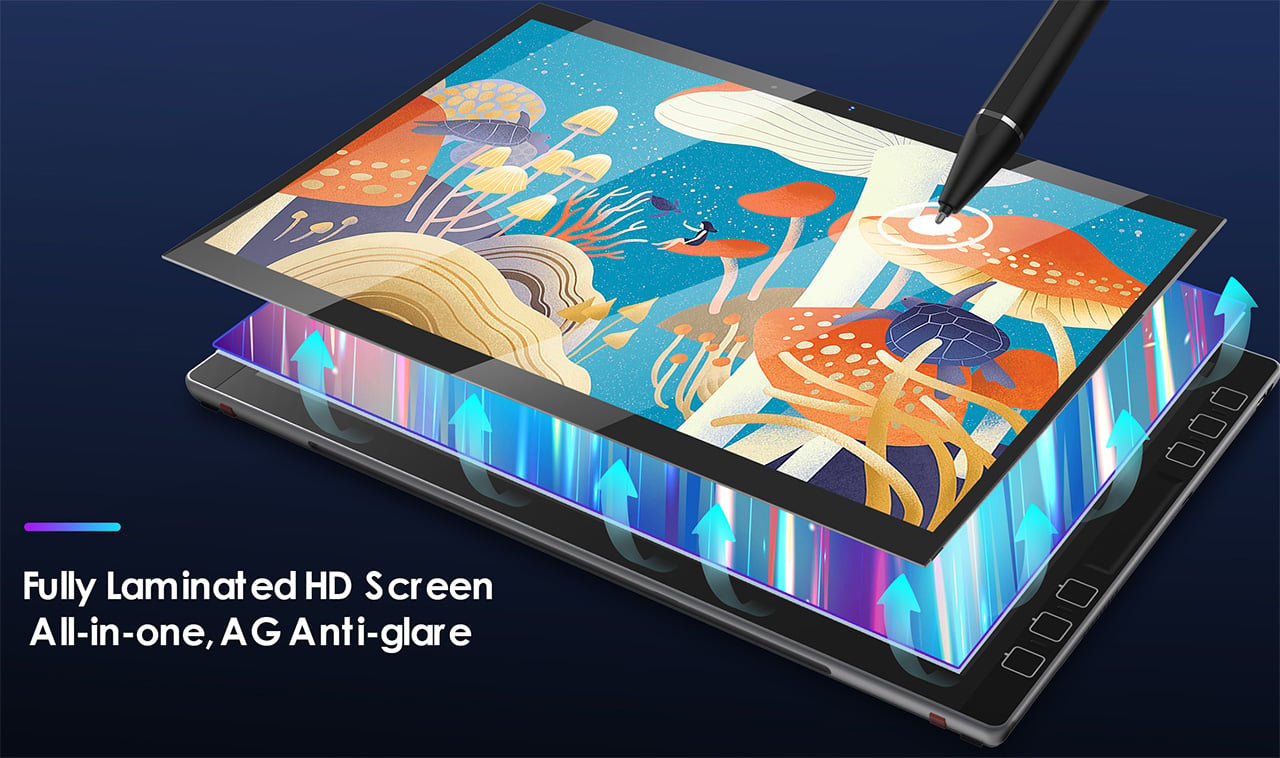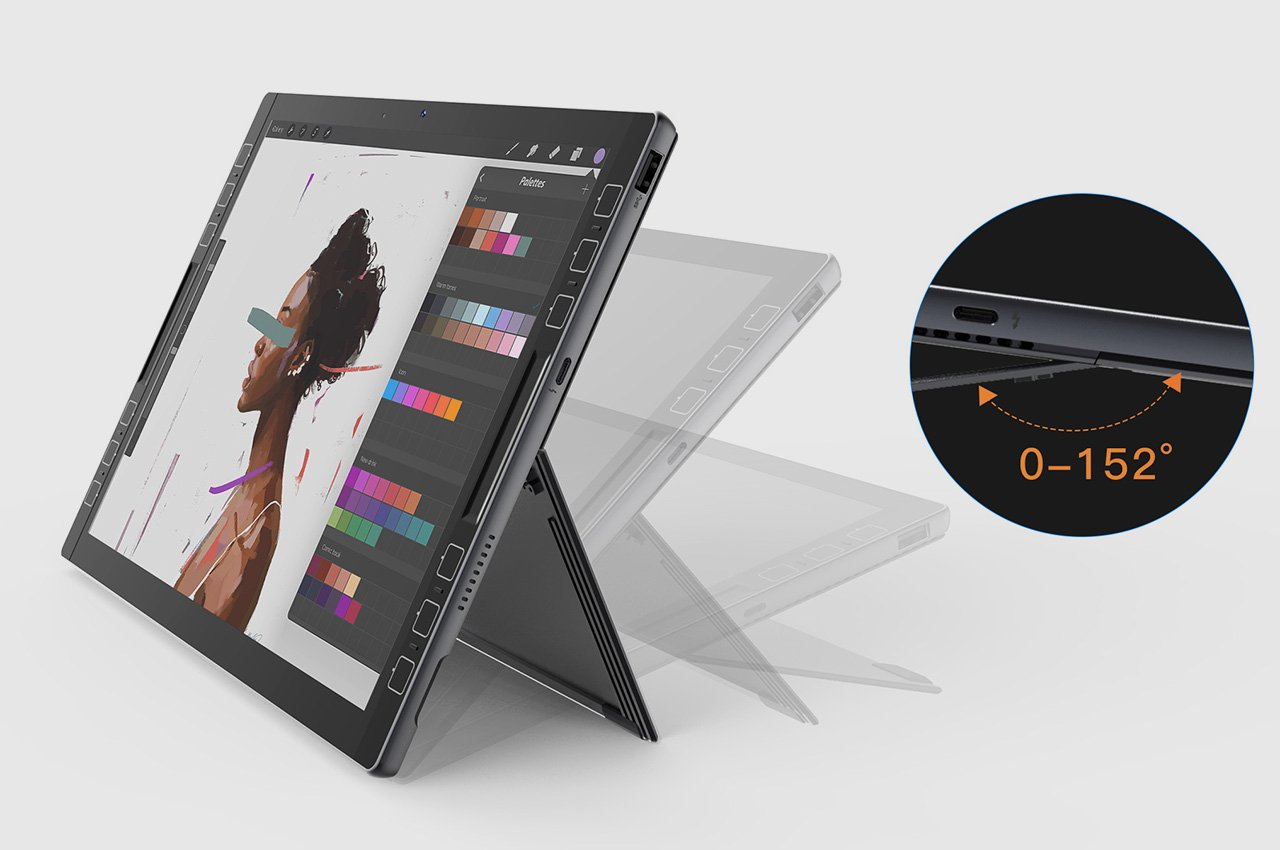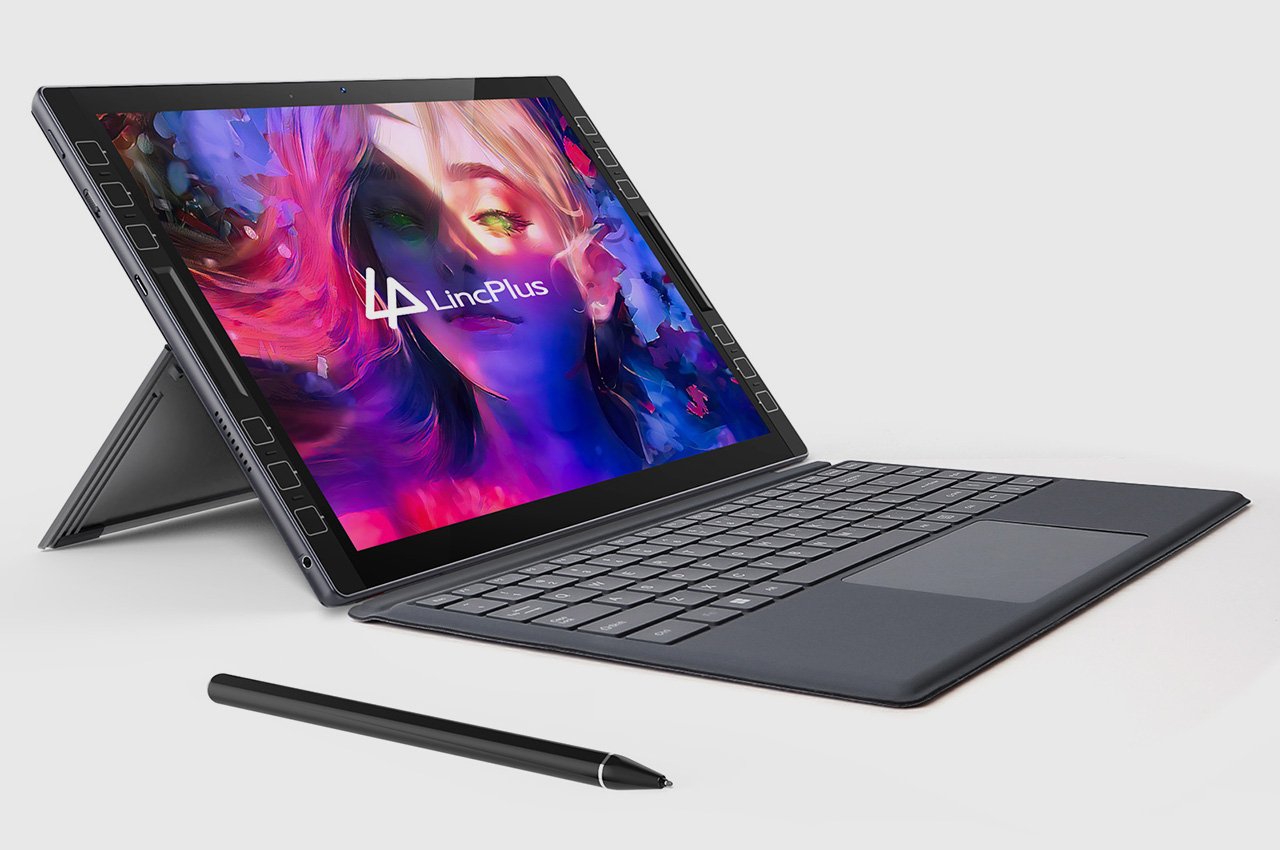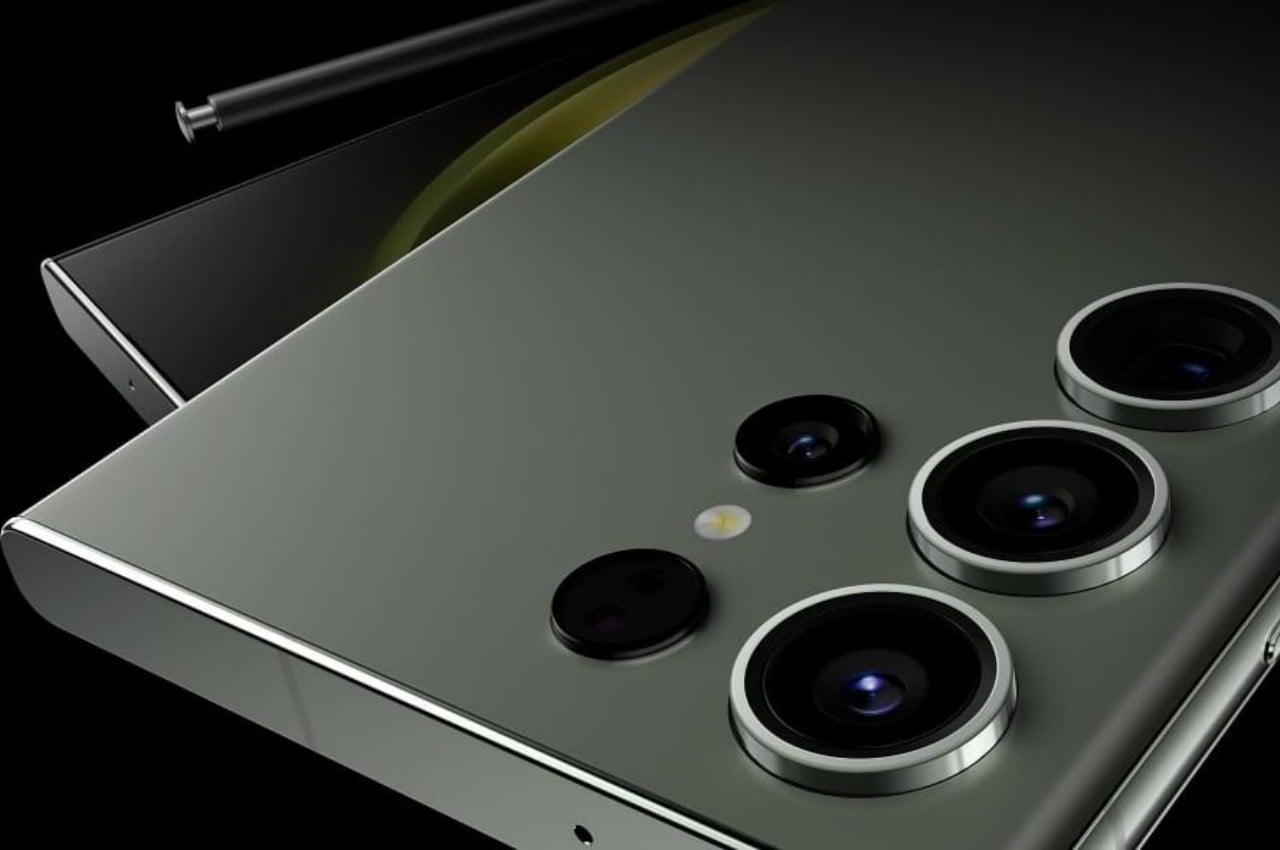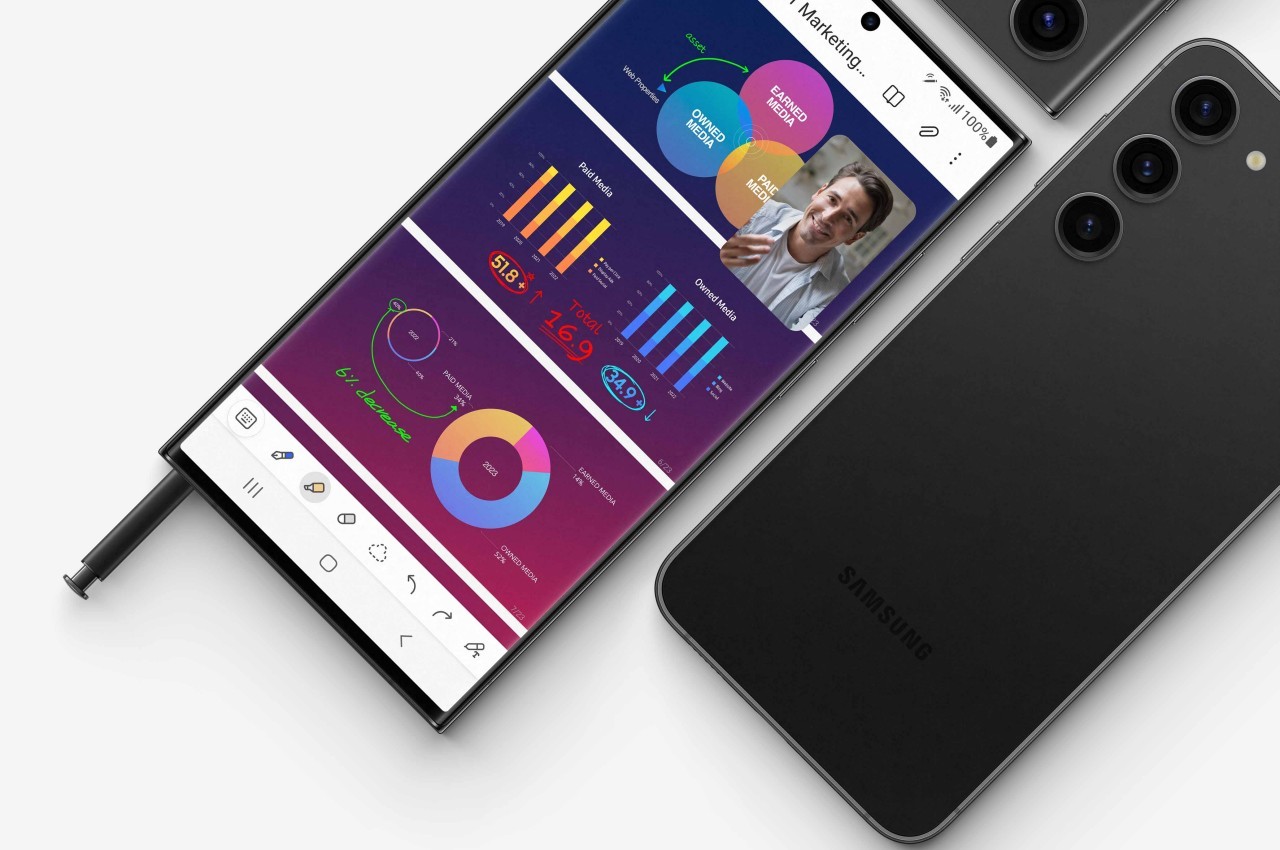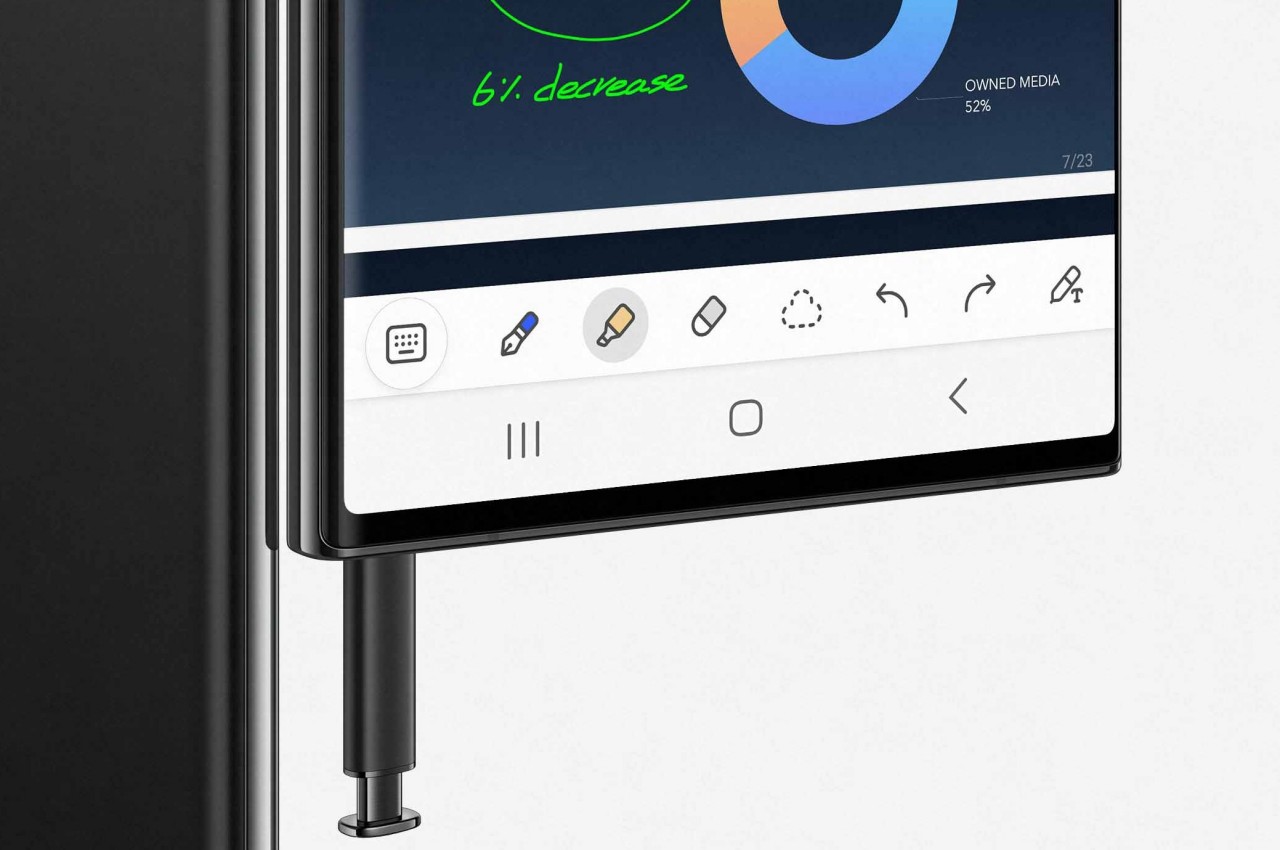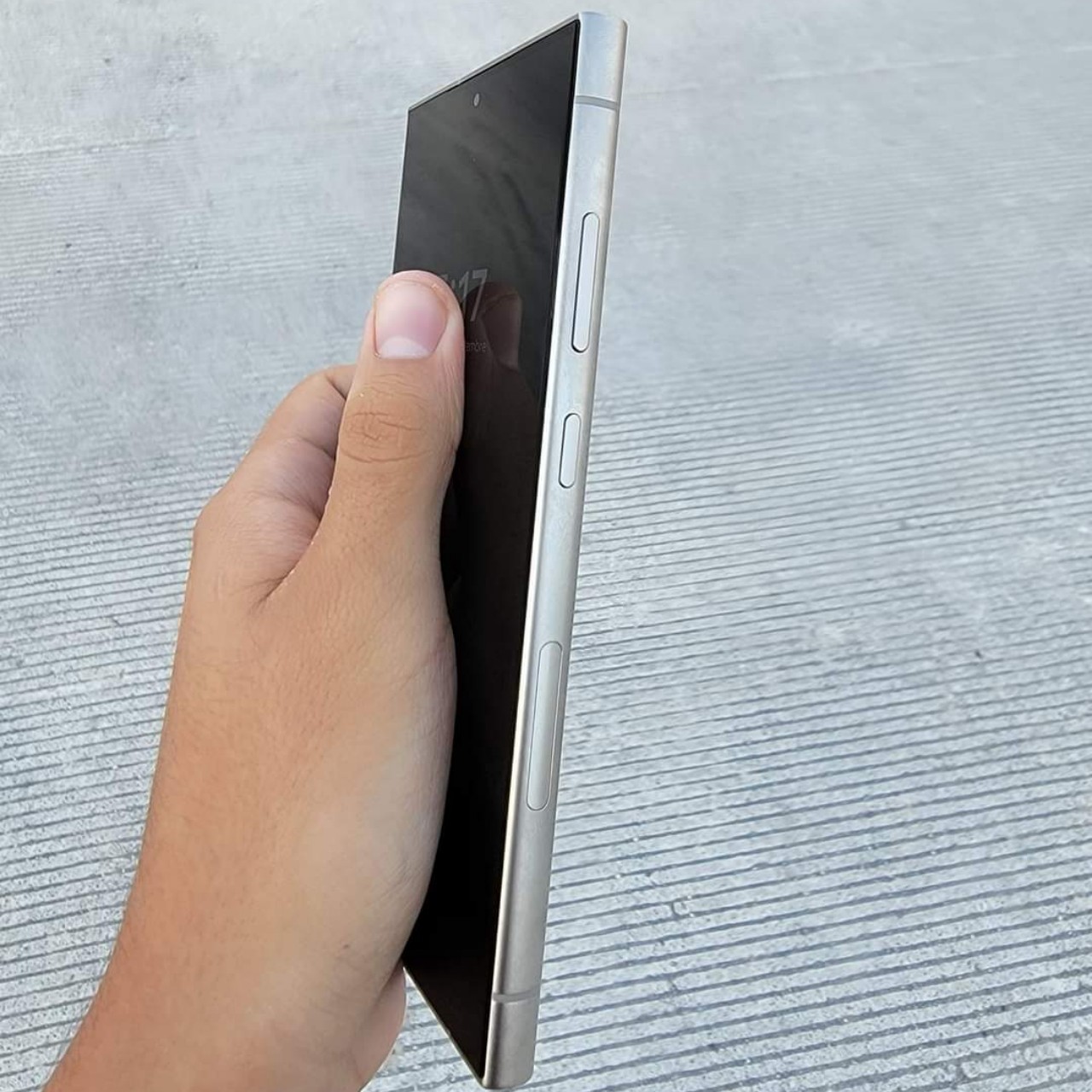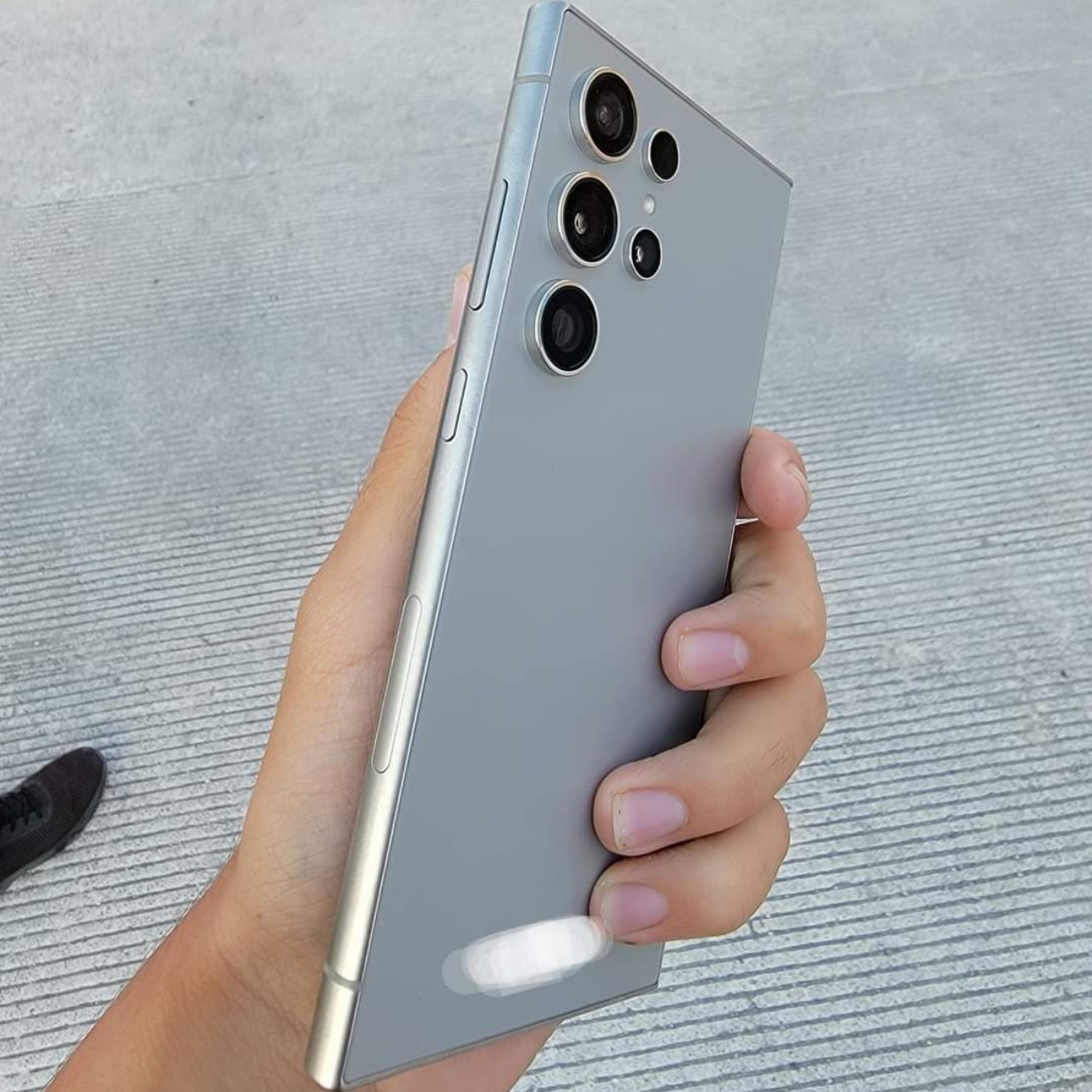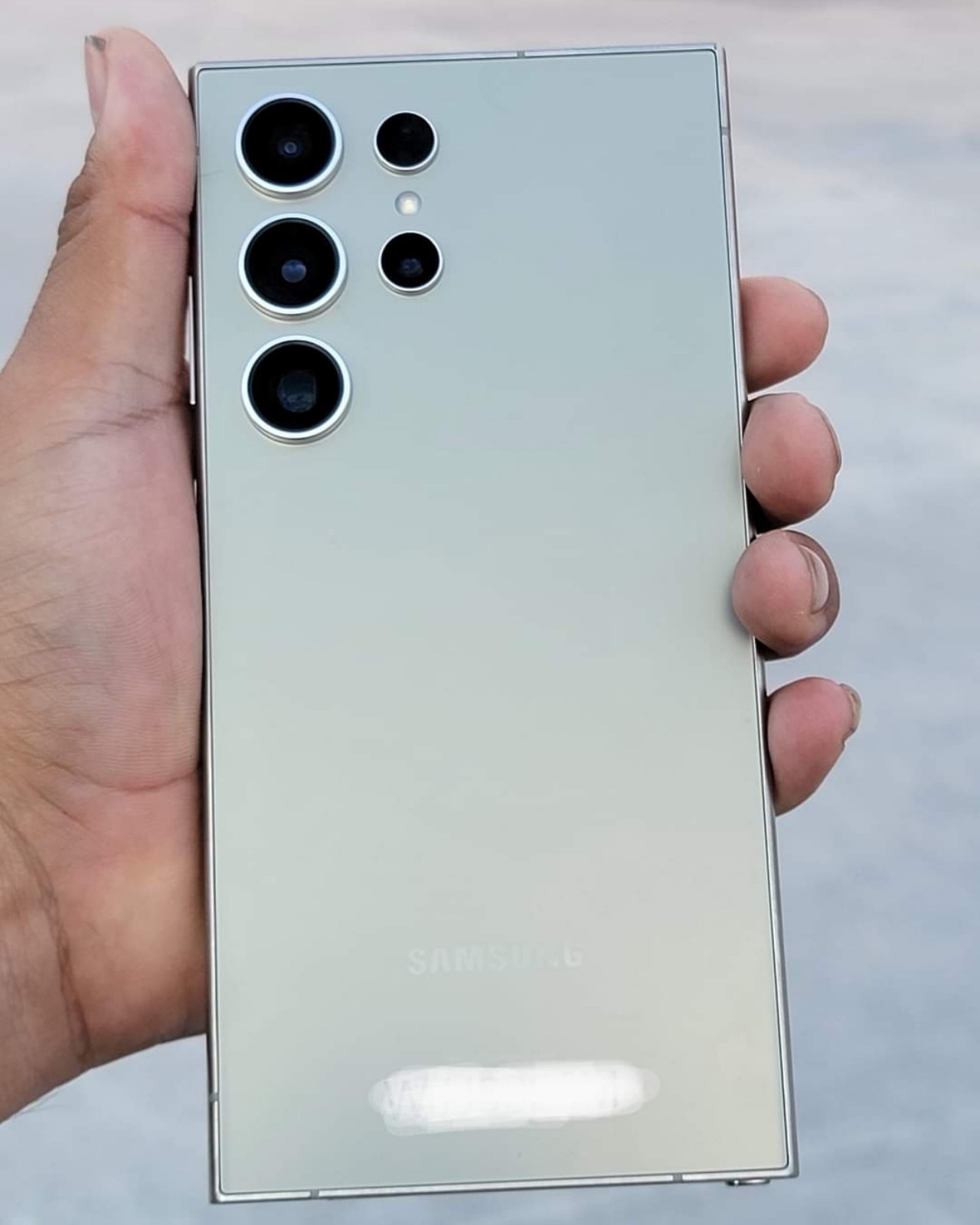Mixed reality platforms, or spatial computing as Apple calls it, try to seamlessly blend digital objects into the real world, but that illusion quickly breaks down when it comes to manipulating those virtual pieces directly. Yes, tapping on buttons in thin air or pinching the corner of floating windows might feel a little natural, but creating content, especially 2D and 3D objects, is less believable when all you have are two “wands” in each hand. For decades, the stylus has been the tool of choice of digital artists and designers because of its precision and familiarity, almost like holding a pencil or paintbrush. It was really only a matter of time before the same device came to mixed reality, which is exactly what the Logitech MX Ink tries to bring to the virtual table.
Designer: Logitech
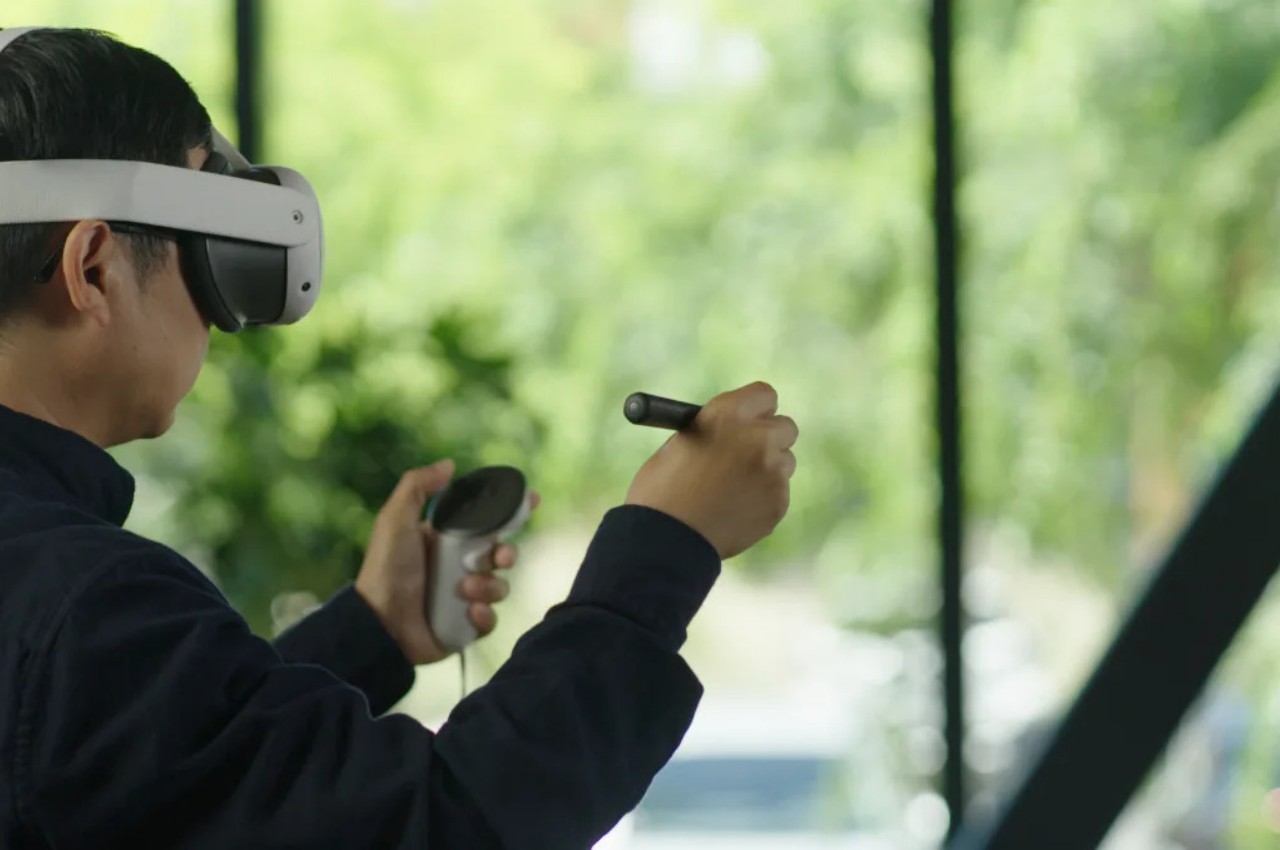

The Logitech MX Ink is practically a stylus designed to work in virtual 3D space, but while that description is simplistic, its implications are rather world-changing. It means that creators no longer need to feel awkward about waving around a thick wand, making them feel like they’re playing games more than painting or modeling. Artists, designers, and sculptors can now use a more convenient and intuitive tool when moving around in mixed reality, bolstering not only their productivity but also the quality of their work. Admittedly, the MX Ink is bulkier and heavier than most styluses, closer to a 3D printing pen than an Apple Pencil, and drawing on air is still going to feel unnatural at first, but it’s significantly better than even drawing with your finger.

What makes Logitech’s implementation a bit more special is that it works in both 3D and 2D spaces. The latter means that you can still draw on a flat surface and feel the same haptics and pressure sensitivity as a Wacom stylus, for example. This means you can easily trace over a sketch or blueprint on paper and bring that up to a 3D space for fleshing out. Or you can paint artistic masterpieces on a physical canvas without actually leaving any mark on the paper.

The MX Ink is a standalone product, but Logitech is also offering optional accessories to further reduce the friction of working in mixed reality. The MX Mat offers a low-friction surface for drawing with the stylus in 2D, though the MX Ink can actually work on most flat surfaces anyway. The MX Inkwell is a stand and wireless charging station for the device, letting you simply lift it from the dock to start drawing and then put it back without having to worry it won’t be charged and ready for your next work session. Without the MX Inkwell, the stylus will have to charge via a USB-C connection, and Logitech doesn’t even ship a cable with it.
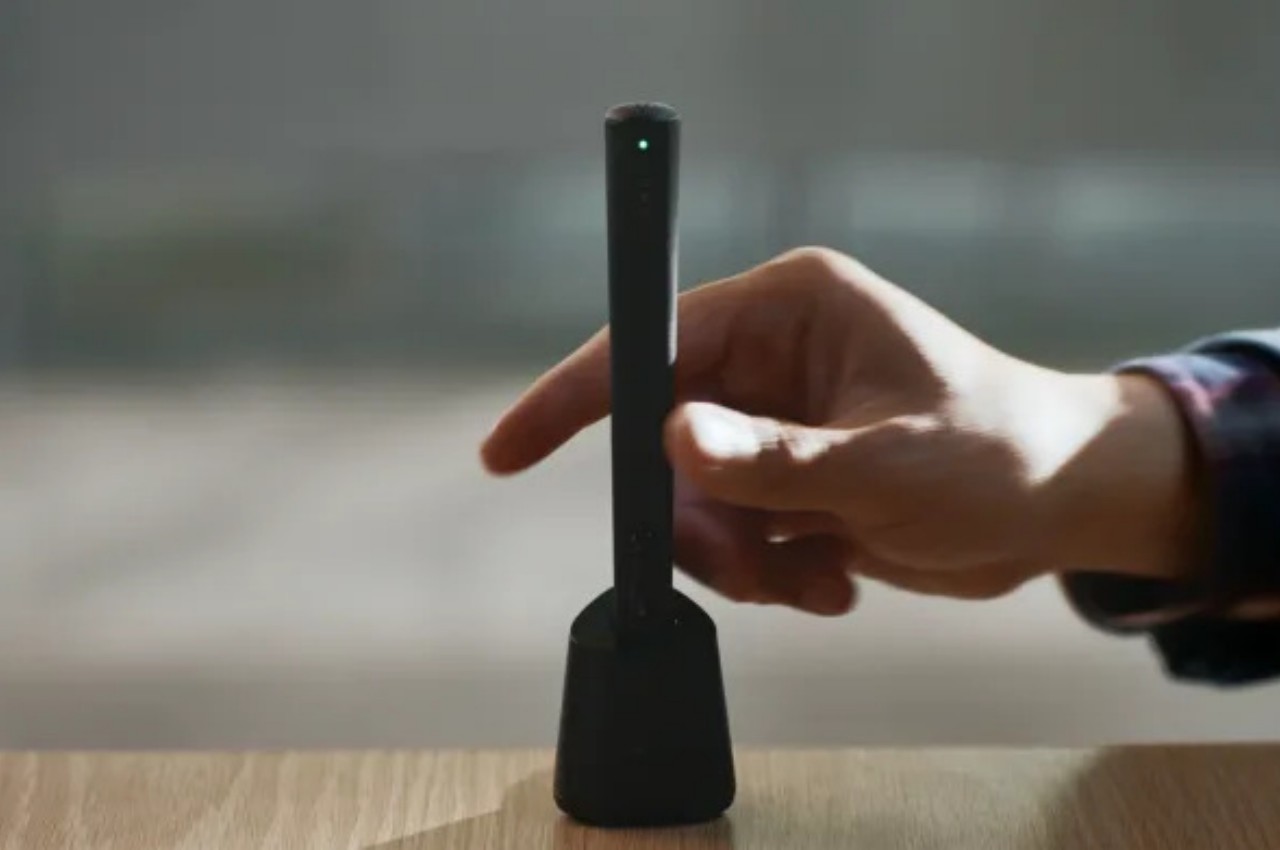
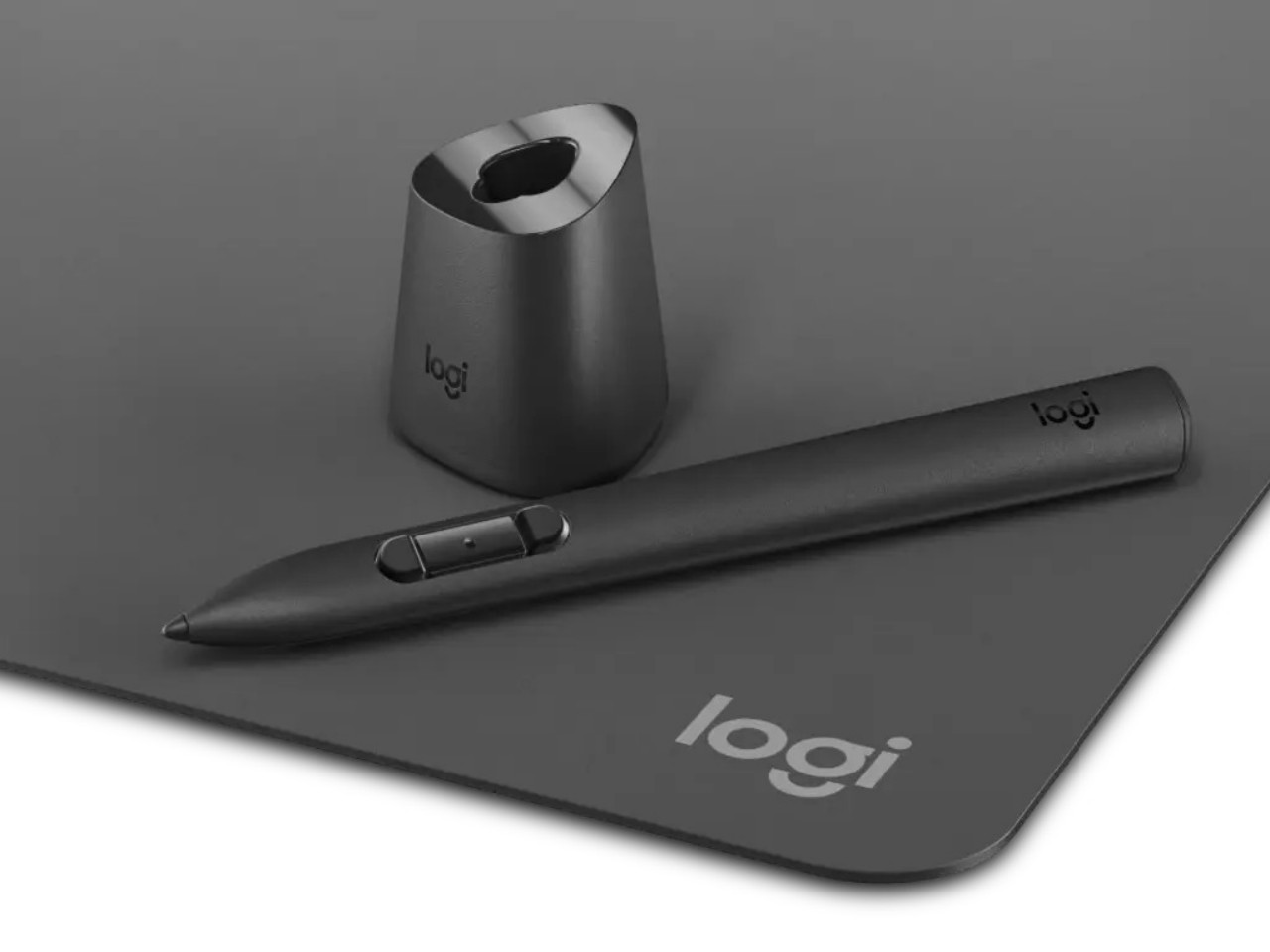
As promising as this new creativity tool might sound, its use is limited to the Meta Quest 2 and Quest 3 headsets, ironically leaving the Quest Pro out of the party. This is boasted to be the first time the Quest headsets support more than two paired controllers at the same time, which means you can connect the MX Ink and simply switch between it and the regular Quest controllers without having to reconfigure anything every time. The Logitech MX Ink goes on sale in September with a starting price of $129.99.
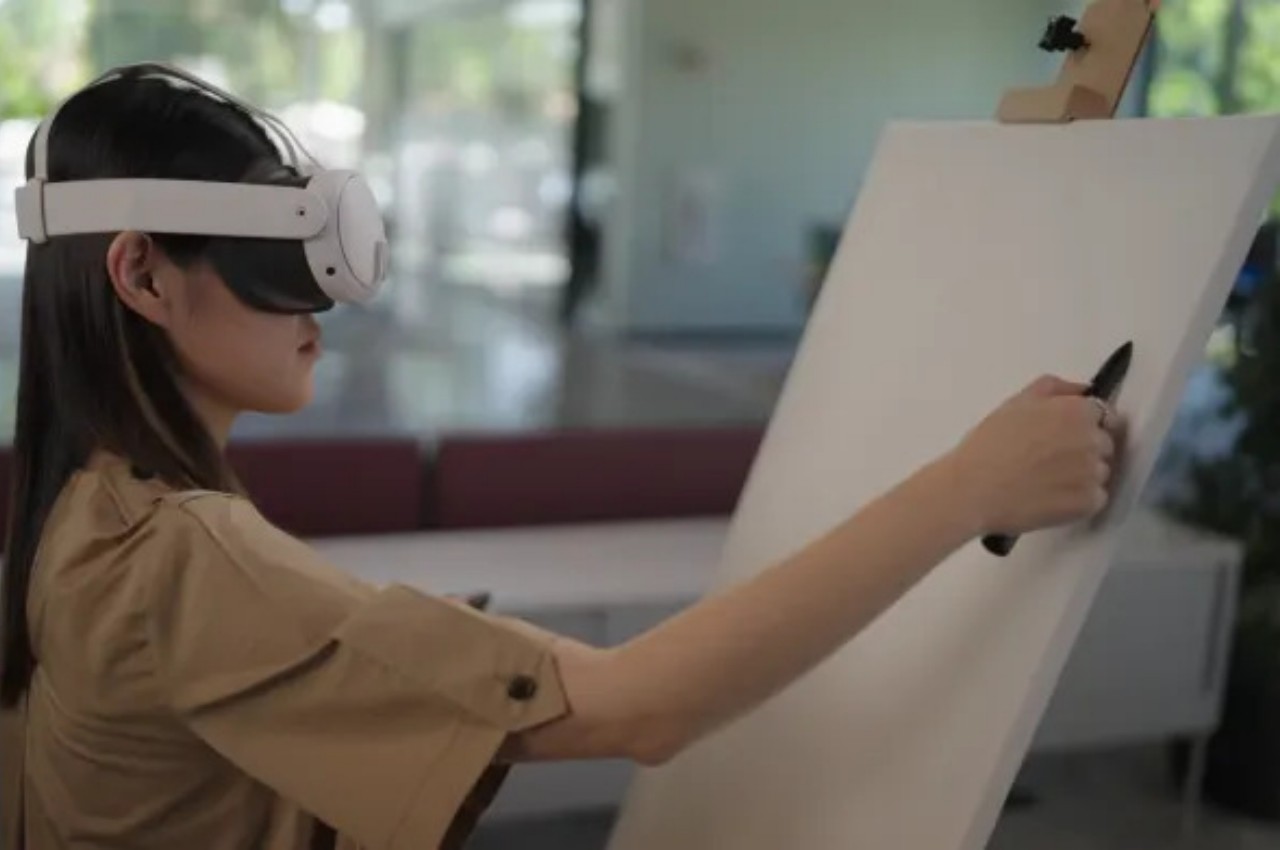
The post Logitech MX Ink stylus for Meta Quest gives creators a new tool for mixed reality first appeared on Yanko Design.
